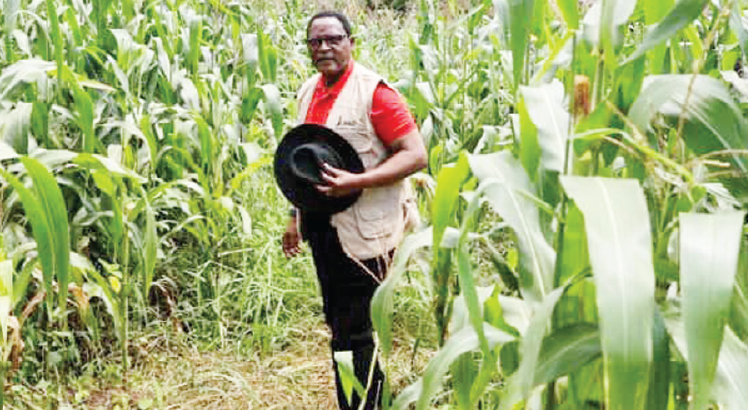Our institutions of 2017 are NPL and MUST
We promised to close the our celebration of the heroes of 2017 by giving you, the Bottom Up community members, the institution that in our great Solomonic wisdom thought did outstanding exploits in the year that ended about 33 days ago. However, for the first time in years, we failed to agree on one unquestionable performer for 2017.
As we always do in times of disagreement, the decision to pick the winner was left to our leader of expedition, Professor Abiti Joyce Befu, MG 66, also popularly acknowledged as Malawi Most Excellent Grand Achiever-MEGA 1 of all time. At 3.00 am today, Saturday, February 4 2017, MEGA-1 directed us to break with tradition and recognise both finalists so that one represented the private sector and another the public sector.
To qualify, an institution had to convince us that it has worked hard in the past and over the past year to achieve greatness. Institutional focus on improving the welfare of Malawians is another critical criterion.
We shortlisted over 20 private and public institutions. Since some institutions are averse to criticism, we will not mention them. Instead we will concentrate on why Nation Publications Limited (NPL) and the Malawi University of Science and Technology (MUST) are our joint winners of our admiration and praise for 2017.
For those who don’t know, this information may help. Nation Publications Limited was established in 1993 to publish The Nation newspaper, which has since grown to be one of the best read and best designed newspapers in Malawi and in the world.
Since 1993, its investigative stories have led to several social and infrastructure changes in Malawi. Maizegate Part 1 was revealed by The Nation in the 2000s. Cashgate is now the catchword partly because of Nation investigations. The morgue at Kamuzu Central Hospital got the necessary expansion and cold-room refurbishment because of The Nation exposure of rotting bodies.
At that time The Nation was launched, there were 20 other independent (of government and state) newspapers and magazines. The fact that it has survived to this day, and does not appear to be ready to close in the next 25 years, despite being denied government advertisement at times is a sign that the organisation has strong survival strategies. That attracted our attention.
A good organisation is known for the quality of employees it hires. The Nation has some of the best and the most ethical journalists in Malawi. We patted it on the back for that.
Attractive as the above observations were, we did not think they were worth crowning NPL the institution of 2017.
What attracted and convinced us most was its annual Mothers Fun Run whose objective is to raise funds to help hospitals look after Malawians better. It has done so for some years now in support of referral, district, rural and village level hospitals. Last year alone, NPL, through the fun run, managed to raise somewhere around K80 million kwacha, if press reports are correct.
That money and material raised will certainly go a long way to help the needy sick. If you think this is not worth praising, ask yourself what the big banks, private companies, hotels, telephony companies and other institutions that make ‘humongous’ annual profits have ever done for the poor of this country. Some have been busy building small pit latrines upon which they shamelessly affix their huge logos.
By the way do you know that without NPL and ZBS joining hands there would be no Miss Malawi contest?
Let’s now turn to MUST.
For the first time in living memory a public institution went out of the way to raise funds to assist poor students. MUST gets its funds through parliamentary allocations, student fees, donations and other means. However, it took the management of that university to realise that the university itself could help students. This is not typical of civil service mentality. MUST organised a golf tournament that raised above MK300 million, according to press reports. If the institutions and individuals that pledged to sponsor have by now honoured their pledges, MUST must have good money to help extremely needy students.
The creativity of MUST management ought to be emulated by other university colleges which seem more interested in sending needy students away instead of helping them achieve their dreams.
Do you know that Bottom Up, NPL and MUST have one critical factor in common? They are all led by female professors. Could femalehood be the contributing factor?




